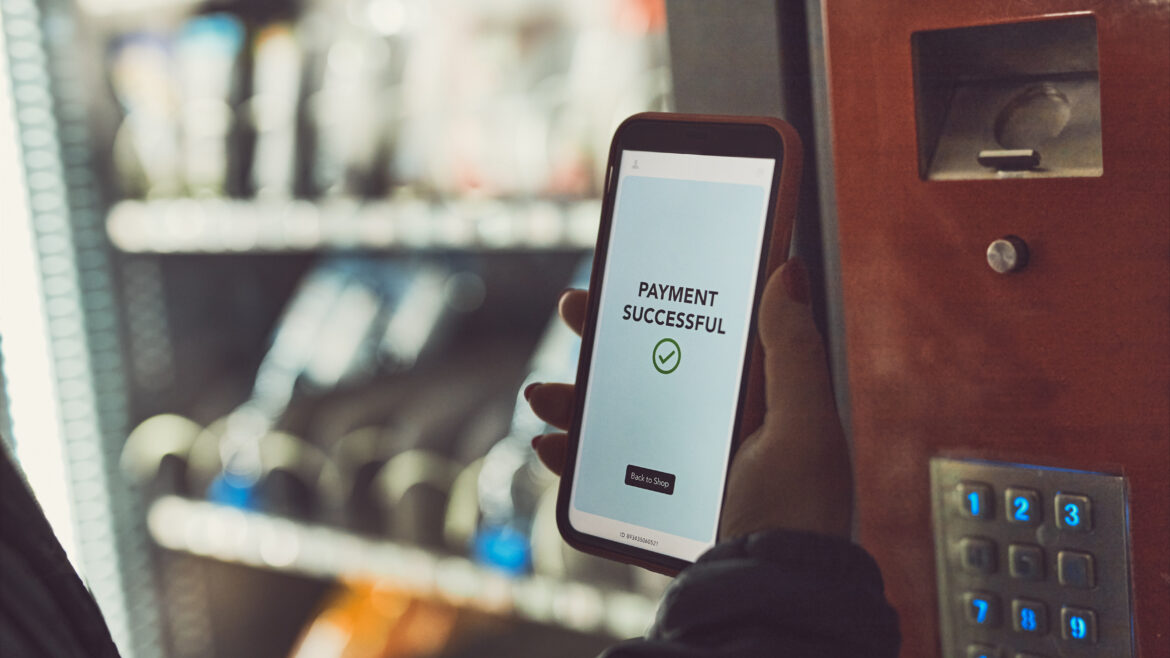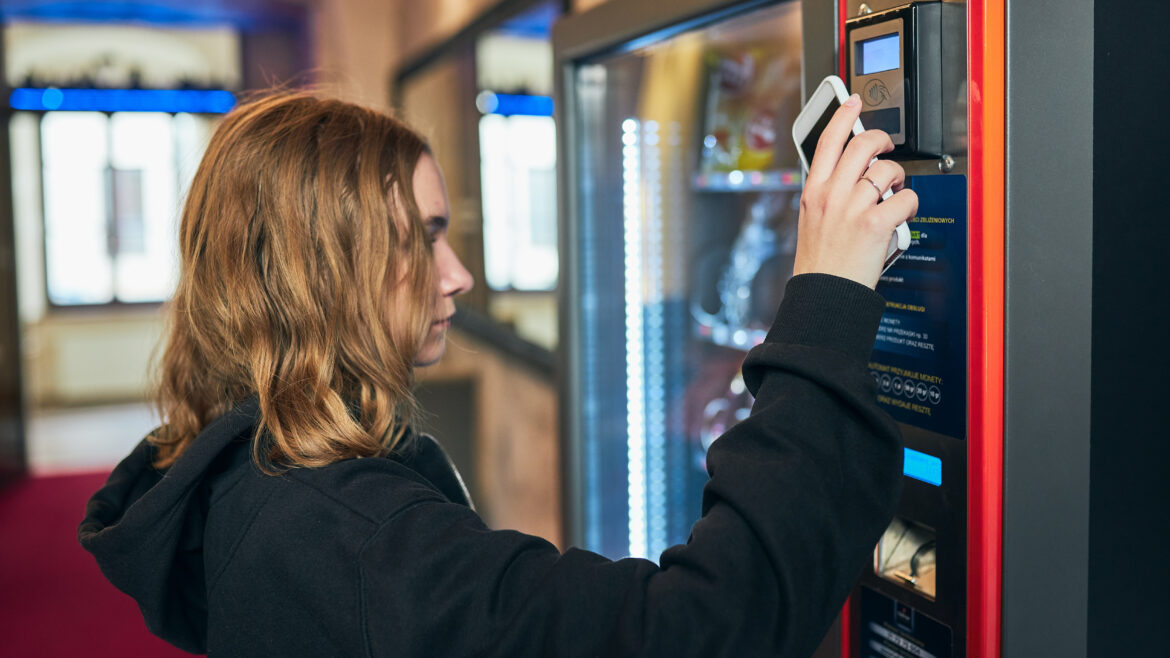Cash Payment Preferences
Options, options, options: consumers demand them in everything that touches their lives. I’m sure you don’t need to be reminded about the proliferation of the seemingly never-ending turnover of snack and drink options in your warehouses and machines.
Well, the latest Federal Reserve Diary of Consumer Payment Choice has been published and, once again, confirms that consumers expect options in payment methods when making an in-person purchase. The continued rise in digital payment methods is evident from the study, but so is the importance of (and preference) for cash payment as an option.
Where Cash Counts
Consumers don’t look at the decision to use cash or a digital payment type as zero-sum. And, this is particularly true for transactions under $10, where cash is used 59% of the time according to another study by Cardtronics. Consumers expect options in the goods and services they purchase, as well as how they purchase those goods and services.
In that 2018 Health of Cash study by Cardtronics, 1000 consumers aged 18 and over were surveyed on their in-person (not online) spending preferences. 73% of those consumers reported using cash regularly despite other forms of payment being available, and nearly 45% said they would stop going to a store or restaurant if it stopped accepting cash. The findings also concluded that 56% of people use cash for purchase amounts of $30 or less, just slightly below the 59% for purchases $10 or less.
In that same Cardtronics study, I was surprised to read that 81% of consumers use cash as frequently, if not more, than they did last year. I’ve read an increasing amount of articles describing cash as a budgeting tool for the younger generations—a demographic we don’t think of as having any meaningful interactions with cash. Turns out, what’s old is new again—just like my college clothes, long ago discarded in the back of my closet. If they only still fit…
Going Steady with Cash
The continued use of cash is also reflected in data on ATM usage. In 2018, six in 10 people (59%) reported withdrawing money from an ATM monthly or more frequently, according to a Mercator Advisory Group report. This rate remains unchanged from a few years ago, as Mercator found that six in 10 people used an ATM at least monthly in 2016, showing that ATM usage remains stable.
Even millennials are withdrawing cash at high rates. That same Mercator report found that 53% of people aged 18 to 34 reported at least monthly ATM usage. The report also found that young adults are also more willing to try alternative authentication methods including the use of biometric data. It’s hard to conclude against cash remaining a preferred, if not desired, payment option with so many young people relying on ATMs to withdraw cash at least a few times a month.
Looking back to the Federal Reserve study, if we compare a 2013 Consumer Diary study to the 2018 edition, it is interesting how little has changed. Back in 2013, the majority of purchases (across all demographic groups) $10 or under were made using cash; in 2018, the same remains true. Debit card usage continues to grow, but only becomes dominant in transactions exceeding $25.
Coping in a Cashless Society
Another demographic to consider is the unbanked. According to a late 2017 survey by the FDIC, one in four US households are unbanked or underbanked—referring to people who don’t have a bank account, or only use their account for direct deposits, and immediately withdraw the balance. This population only transacts in cash, and carries a significant amount of buying power. And, the younger generations we mentioned before? The population aged 15-34 makes up the largest portion of the unbanked and underbanked. We see this more than ever, with some cities now reacting by mandating retailers accept cash in an effort to protect the unbanked and underbanked as the trend of stores going completely cashless rises. My very own city of Philadelphia just passed a similar law prohibiting “cashless only” retail operations.
A route driver or technician approaches a bank of machines, and can instantly see, in simple green, yellow or red icons, the health status of every payment peripheral in those machines. They can see all alarms in priority sequence to help the tech work through the tasks at hand. And best of all, any alarm automatically links to a series of written troubleshooting steps or videos to walk anyone through to resolution.
What This All Means for Vending
We are a convenience services industry, delivering outstanding products and services every day. Cleaned, filled, and working isn’t enough to drive sales growth. Operators need to ensure every potential vend patron can make a purchase at machines, with no barriers. While we all get excited about the possibilities of cashless (as we should—connectivity does amazing things for machine efficiencies and customer experience), we can’t assume that because cashless is great, cash no longer is. Cash isn’t going anywhere, and operators are wise to remember this. A great operation continues to be a diversified one.
We always say it, because it’s always true: from cash to credit to mobile and beyond, design your operation to take whatever is in the consumer’s wallet.














